Ready to bid farewell to debilitating cramps, bloating, and endless discomfort during your period? Because yes, it’s possible. Without further ado, I’m sharing tips and tricks to help you embrace your cycle like never before. Consider this your ultimate roadmap to achieve a painless period. From natural remedies to lifestyle adjustments, these secrets will help you revolutionize your relationship with your period. It’s time to wave goodbye to pesky period woes!
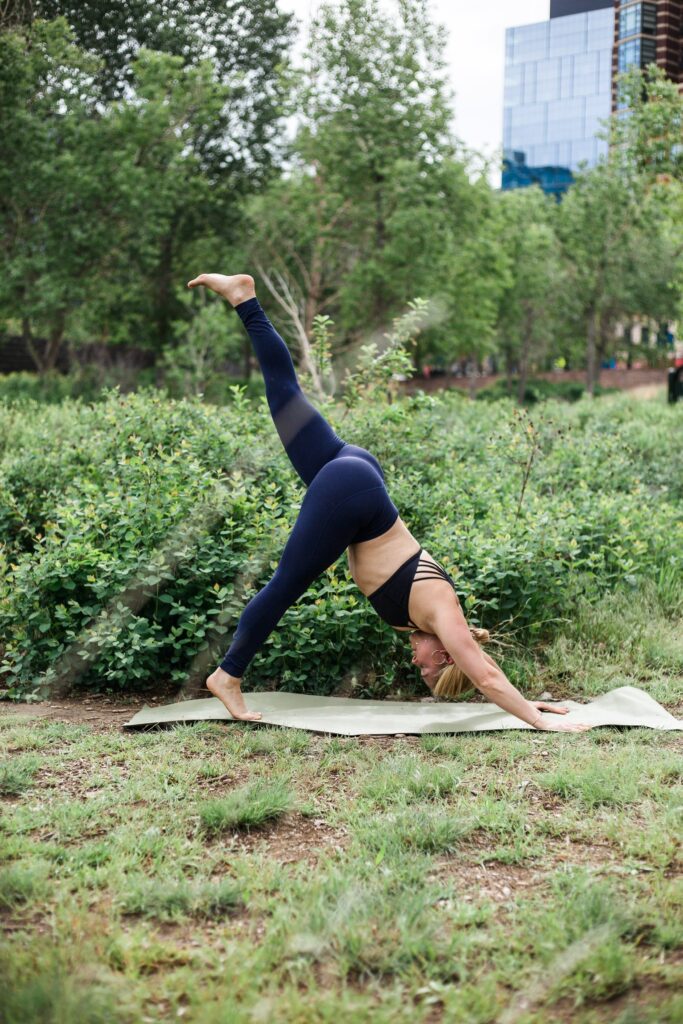
Answering your menstruation questions
The first step in achieving a painless period? Get to know your flow. The menstrual phase marks the beginning of your menstrual cycle, where the lining of your uterus sheds. If you’re not already tracking your cycle, now is the time! Tracking your period can give you a sense of what your symptoms are, when they typically start, and more. But, how long should I bleed for? And is it normal to get a period if you’re on birth control? I’ve got all your questions answered—and more.
How long should I bleed for?
If you’re currently on your period, congrats! This is a time of release, renewal, and introspection. Speaking of the release, the amount of blood you’ll lose will vary. On average, blood loss ranges from 30-80 milliliters (about 2-6 tablespoons). Additionally, a normal period lasts anywhere from 3-7 days. However, individual experiences vary.
What are the best period products?
If you haven’t taken the plunge on a reusable menstrual cup, try Flex. With the capacity to hold six super tampons worth of blood, medical-grade silicon, and unreal comfort, this menstrual cycle disc is the best replacement for pads and tampons. That said, I also love these organic, unscented tampons and pads.
What is normal menstrual blood consistency?
The consistency of menstrual blood can range from thick and clotted to thin and watery. The texture and consistency of menstrual blood is influenced by various factors—think: hormonal changes, the shedding of the uterine lining, and the rate of blood flow. You may also notice small clots or tissue fragments, and these are usually small and harmless!
What shade of red should my menstrual blood be?
Healthy period blood typically appears as deep red, bright red, or dark red. The specific shade can vary (and change throughout the duration of the period!). The color is influenced by the rate of flow and the amount of time the blood has been in contact with oxygen. It’s important to note that variations in color, such as light red or pinkish hues, can also be considered normal.
is it normal to get a period if I’m on birth control?
It’s not uncommon! Some women experience bleeding or spotting while taking birth control, even though they are on a regular contraceptive regimen. This is often referred to as breakthrough bleeding. In essence, synthetic hormones may not always completely suppress the natural menstrual process, especially during the initial months of starting birth control (or if there are inconsistencies in taking the medication). Of course, other factors can contribute to breakthrough bleeding as well—stress, medications, etc.
Disclaimer: If you have concerns about the duration, flow, or any other aspect of your menstrual cycle (I.e. excessivley large or frequent clots, bleeding on birth control, or drastic changes in color or unusual odors associated with your menstrual blood), chat with your healthcare professional for personalized guidance and support.
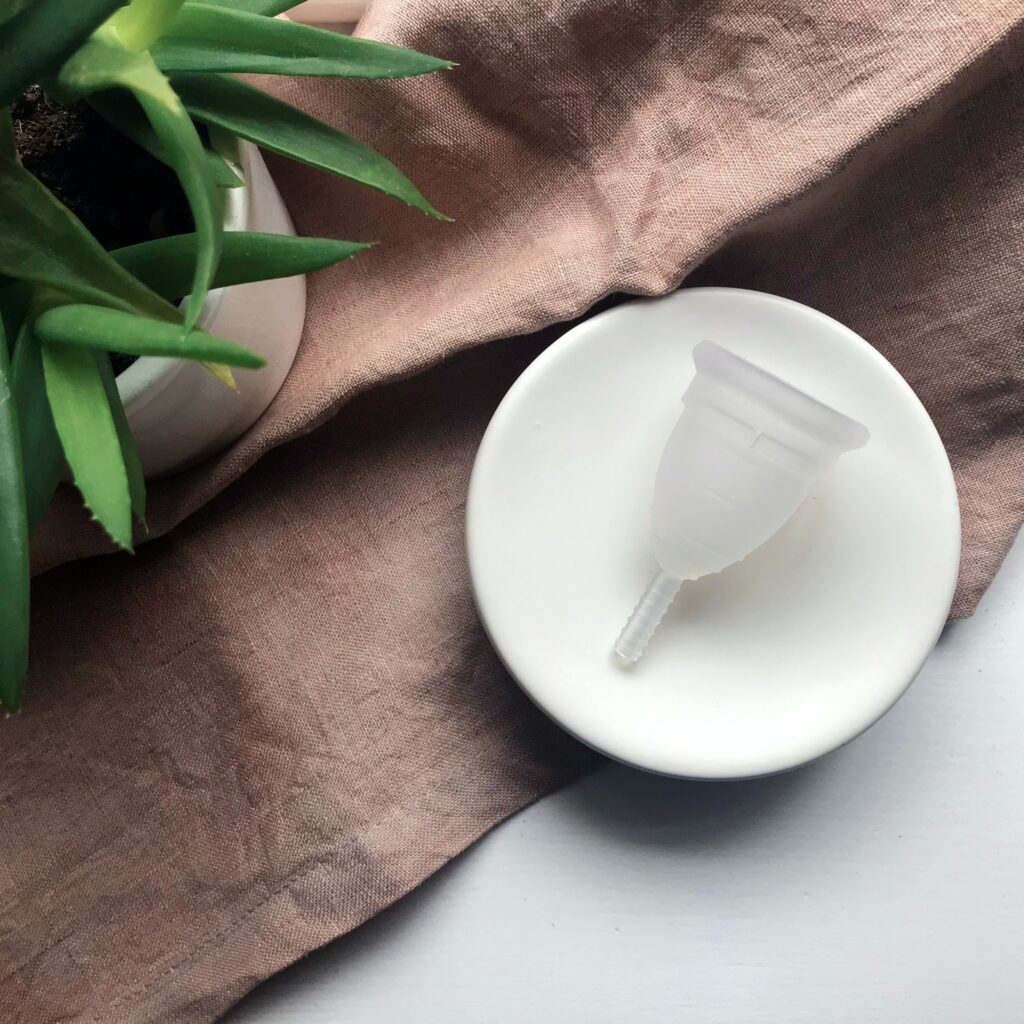
Foods to support your period
When it comes to achieving a painless period, it’s foundational to use food as medicine. In other words, nourish your body with specific foods that support hormone balance! I have an entire hormone-balancing diet plan for inspo. Along with daily seed cycling, consider adding foods rich in iron, omega-3 fatty acids, magnesium, and vitamin C.
Iron: Leafy greens, legumes, and high-quality meats help replenish iron lost during menstruation and combat fatigue. Dig into this protein-packed pasta salad.
Omega-3 fatty acids: Fatty fish, chia seeds, and walnuts to reduce inflammation and support hormonal balance. Nosh on this refreshing salmon salad.
Magnesium: Ingredients rich in magnesium can help alleviate cramps and encourage muscle relaxation. Dark chocolate, nuts, seeds, and leafy greens are rich in magnesium. Try my chocolate chia seed pudding.
Vitamin C: Citrus fruits, bell peppers, and berries boost iron absorption and strengthen the immune system—important during your period. Slice into this delightful lemon poppy seed bread.
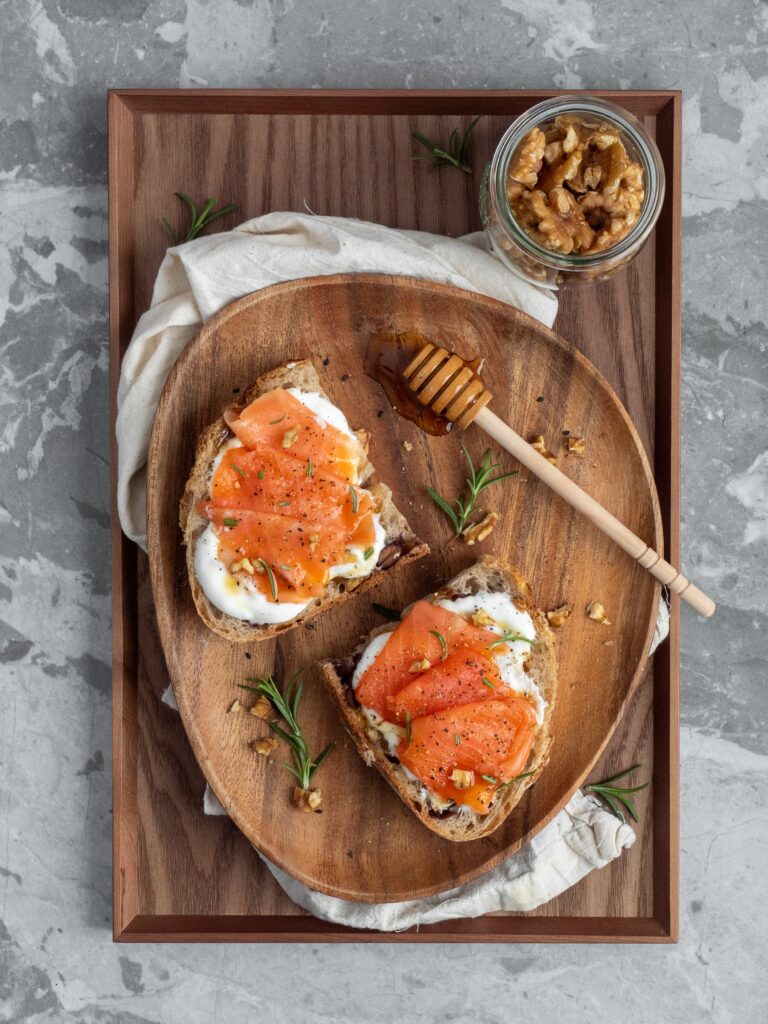
Herbs to support a painless period
Several herbs can support a painless period by reducing cramps, soothing discomfort, and promoting overall menstrual well-being. Here are a few notable examples:
Dong Quai
Often referred to as “female ginseng,” Dong Quai has been used in traditional Chinese medicine to regulate menstrual cycles and relieve menstrual pain. It is believed to have anti-inflammatory and muscle-relaxing properties. You can drink this as a tea.
Black Cohosh
This herb has been used by Native American tribes for centuries to alleviate menstrual cramps and reduce inflammation. It may help balance hormone levels and promote a more comfortable menstrual experience. This can be taken in supplement form.
Cramp Bark
As the name suggests, Cramp Bark has a long history of use in relieving cramps, muscle spasms, and menstrual pain. It is known for its antispasmodic properties and can help relax the uterus and ease discomfort. Try this as a tincture.
Raspberry Leaf
Raspberry leaf tea is often recommended as a tonic for women’s reproductive health. It can help tone the uterus, reduce cramping, and regulate menstrual cycles. It is commonly consumed in the weeks leading up to menstruation as well as in the final trimester of pregnancy!
Ginger
Ginger has natural anti-inflammatory properties that can help alleviate menstrual pain and reduce inflammation. It may also help with nausea and digestive issues commonly associated with periods. Add fresh ginger to tea, in stir-fries, and smoothies.
Chamomile
Chamomile has calming and antispasmodic effects, making it beneficial for relieving menstrual cramps and promoting relaxation. It can be consumed as a tea to help soothe both the body and mind. I love this organic chamomile tea blend.
Disclaimer: Consult with a healthcare professional before incorporating herbs into your routine, especially if you have any underlying health conditions or are taking other medications. They can provide personalized advice and guidance based on your specific needs and circumstances.
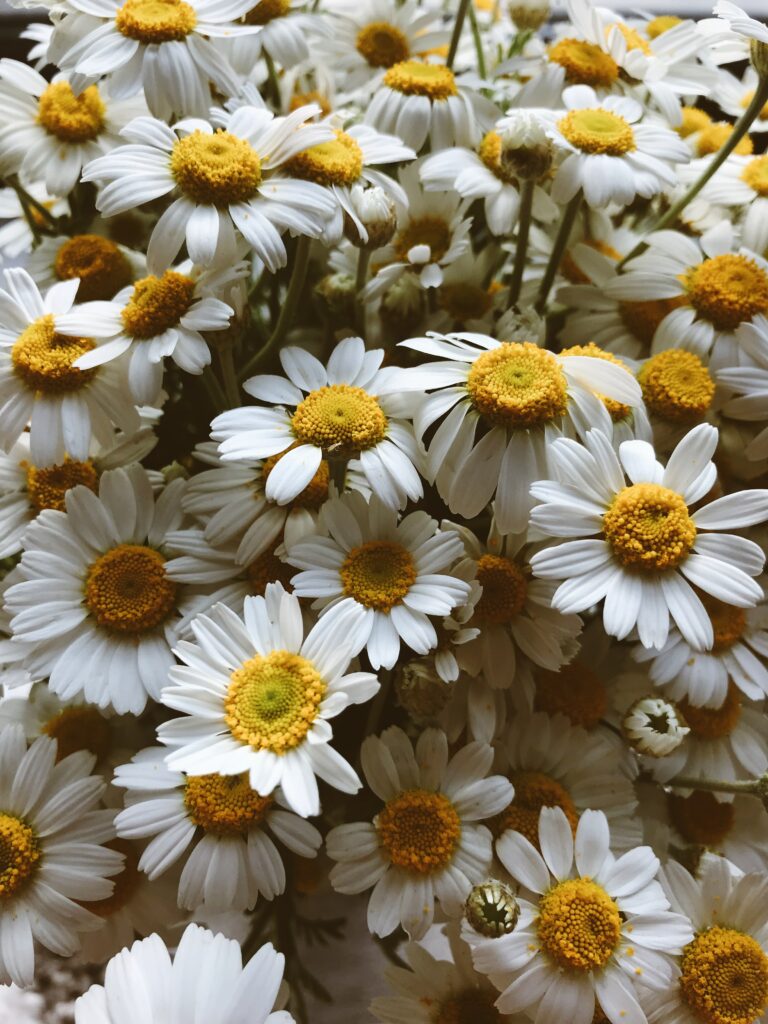
Seed cycling for a better period
Have you heard of seed cycling? This natural and gentle approach approach can support hormonal balance to achieve a painless period. It involves consuming specific types of seeds during different phases of the menstrual cycle.
How to seed cycle
The first phase of seed cycling begins with the follicular phase (days 1-14). You consume two tablespoons of ground flaxseeds and pumpkin seeds. This encourages estrogen production. These seeds contain lignans and essential fatty acids that help promote healthy estrogen levels. During the luteal phase (days 15-28), you switch to consuming ground sesame seeds and sunflower seeds to support progesterone production. These seeds provide key nutrients like vitamin E and zinc, which can aid in progesterone synthesis.
Where to get seeds for seed cycling
My friends at Funk It Wellness make it easy! They’ll send you your seeds every month as part of a convenient subscription. No need to grind your seeds at home—they make seed cycling a breeze. You can add your seeds to yogurt bowls, cereal, oatmeal, smoothies, salads, avocado toast, and more.
How seed cycling helps your period
By incorporating these seeds into your diet, you can potentially reduce PMS symptoms, cramps, and promote a painless period. In turn, many women have success optimizing hormone production and regulation! It’s important to note that seed cycling is a complementary approach and may not work for everyone.

Best way to exercise on your period
Although moving your body may be last on your priority list during your period (thanks to cramps, discomfort, and low hormone levels!), engaging in gentle and supportive exercises is known to improve mood and energy. These are a few types of exercise that give you a boost of endorphins and help alleviate menstrual symptoms:
Yoga: Gentle yoga poses, particularly those that focus on stretching and relaxation, can help reduce cramps and promote circulation.
Walking: This low-impact activity gets your muscles activating and blood flowing (without putting excessive strain on your body.
Pilates: When your motivation to exercise is low, pilates exercises can help strengthen your core, improve posture, and provide gentle movement.
Swimming: Swimming is another low-impact exercise that can provide relief from cramps and bloating. The buoyancy of water can help reduce pressure on your body.
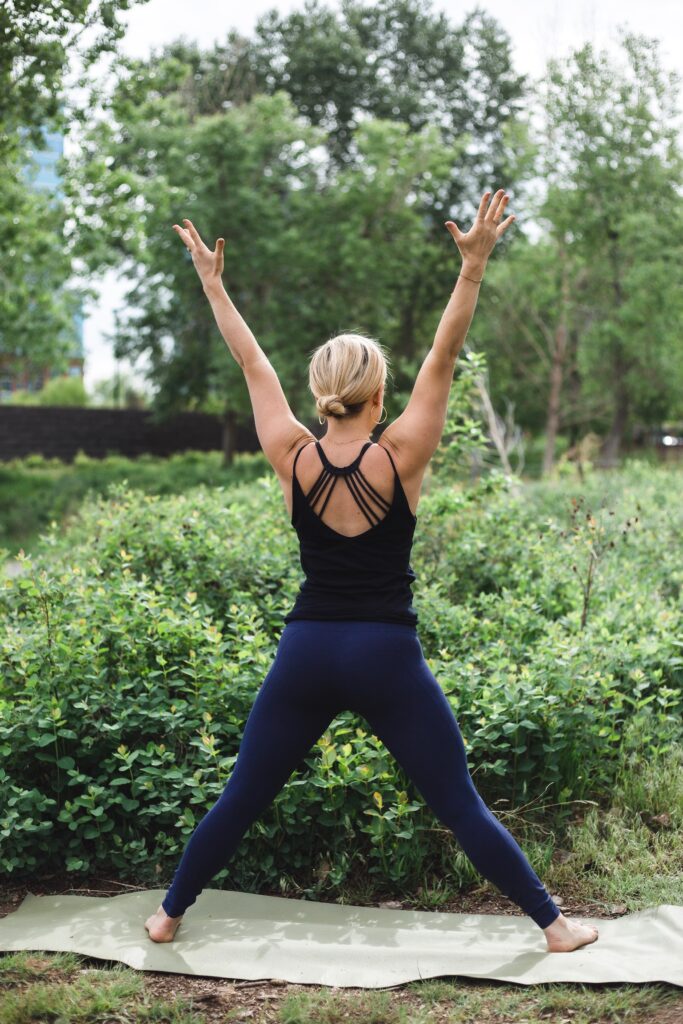
Red moon rituals
What better way to support your body—as it sheds its uterine lining—than with red moon rituals? Don’t underestimate the power of self-care during the first week of your menstrual cycle. So, what are red moon rituals? They’re ceremonies that honor the menstrual cycle, embracing its connection to the lunar cycle and the transformative power it holds! These practices involve activities like meditation, journaling, performing rituals under the moonlight, or gathering in women’s circles. Here are a few specific ideas:
Sacred bathing
Take a ritual bath during your period, infusing the water with soothing herbs or essential oils. Use this time to cleanse both your body and your energy, allowing the warm water to relax your muscles and promote a sense of renewal.
Moonlight meditation
Find a peaceful outdoor spot or sit near a window where you can see the moon. Engage in a guided or self-led meditation, focusing on embracing the energy of the moon and your menstrual cycle. Reflect on the cyclical nature of life and the power of your body’s ability to shed and renew.
Journaling
Light a candle and write down any thoughts, emotions, or experiences you wish to release or let go of. Express gratitude for your body’s wisdom and resilience. Consider incorporating affirmations or intentions related to self-care, self-love, and embracing your menstrual cycle.
Creative expression
Engage in a creative activity that allows you to connect with your inner self—painting, drawing, writing poetry, or dancing. Let your intuition guide you, and use the artistic process as a means of expressing and honoring the unique energy and emotions of your menstrual phase.
Ultimately, red moon rituals serve as a way to empower the menstrual phase, fostering self-care, self-reflection, and a deeper connection to your femininity.

Be Patient
By nourishing your body, adopting an active lifestyle, incorporating herbal remedies, prioritizing self-care, and tracking your cycle, you can achieve a pain-free period. Remember, every woman’s journey is different! Be patient and open to experimenting with various techniques. Over time, you’ll find what works best for you. Embrace the power within you to transform your menstrual cycle into a time of balance, vitality, and serenity. Together, let’s embark on this empowering journey toward a painless period.
This article is for informational purposes only. It is not, nor is it intended to be, a substitute for professional medical advice, diagnosis, or treatment and we recommend that you always consult with your healthcare provider.



Leave a Reply